#human anatomy and physiology
Text



Human Anatomy and Physiology, A Movable Atlas
Gustave-Joseph Witkowski, c. 1880
#art#science#medicine#anatomy#witkowski#gustave joseph witkowski#1880s#skeleton#human anatomy and physiology#medical science#the body#illustration#vintage
56 notes
·
View notes
Text
rn is the perfect time for me to become obsessed with sonic the hedgehog bc now i'm taking a human anatomy & physiology class so that means I Can Know Things
closeups under the cut + ignore knuckles he's just chilling



also no id bc my hand hurts from all that writing
#maria robotnik#sonic adventure 2#shadow the hedgehog#human anatomy and physiology#human anatomy#sonic the hedgehog#knuckles the echidna#fanart#fan work?#science#maria sonic#sa2#maria sa2#maria and shadow
6 notes
·
View notes
Text
Doctors hate ‘em! Local human memorizing heart structure for 5th day in a row! (help)
YO anyone have any adhd friendly study hacks for memorizing the structure/functions of the heart? Uni brain is in a puddle atm and any little tips and tricks would be ✨greatly✨ appreciated!!
I’m trying some googled memory game thingies but there’s only so many times I can listen to The Cardiac Song on YT without feeling like I’m about to personally meet my sleep paralysis demons lmao. This is def not a massive deal but even sharing the sos is wonderful! Ty all.
#Study hacks#study tips#Human anatomy#human anatomy and physiology#Memorization#memorization tips#Adhd#adhd hacks#adhd study tips#adhd studyblr#Circulatory system#is there a passion for the circulatory system on this site#Science side pls do tell
4 notes
·
View notes
Link
If you’re preparing for a Human Anatomy and Physiology exam, you know how important it is to find the best learning resources. These courses...
0 notes
Text
Writing 20+ pages of lecture notes:
*wishing I was ambidextrous*
#my poor hand#writing#lecture notes#human anatomy and physiology#i wish i was ambidextrous#single hand writing problems
1 note
·
View note
Text
The Best Selling Anatomy & Physiology Course
The Best Selling Anatomy & Physiology Course
The Best Selling Anatomy & Physiology Course
Do you aspire to learn about human physiology and anatomy then you would consider this product and sharpen all the necessary knowledge in the field of anatomy? Take a look at the product review below:
Who Is The Author Of The Product?
The author of this product is Dr. James Ross, who has in the field of teaching in physiology and anatomy for almost…

View On WordPress
#atlas of human anatomy for the artist#essentials of human anatomy & physiology#essentials of human anatomy and physiology#hole&039;s essentials of human anatomy & physiology#hole&039;s human anatomy and physiology#hole&039;s human anatomy and physiology 10th edition#human anatomy and physiology#human anatomy and physiology marieb#human anatomy and physiology study guide#introduction to human anatomy and physiology#The Best Selling Anatomy & Physiology Course#the essentials of human anatomy and physiology
0 notes
Text
Exploring the Intricacies of the Respiratory System 🫁💨
Welcome to my Tumblr blog, where we embark on an exciting journey through the intricate world of human anatomy and physiology. Today, we're focusing our lens on the respiratory system – a wondrous network of organs and tissues that orchestrates the exchange of gases essential for our survival. So, fasten your seatbelts as we venture into the fascinating realm of respiration!
Anatomy of the Respiratory System: A Symphony of Structures
At its core, the respiratory system consists of a highly organized ensemble of organs and structures working together seamlessly. This symphony of components includes the nose, pharynx, larynx, trachea, bronchi, and, of course, the lungs. Each of these elements has a crucial role to play in the intricate process of breathing, ensuring our bodies receive a constant supply of life-sustaining oxygen while effectively eliminating carbon dioxide.
The Alveoli: Tiny Powerhouses of Gas Exchange
Now, let's zoom in on the alveoli, the star players in the respiratory system's performance. These microscopic air sacs, nestled deep within the lungs, are where the real magic happens. Through the process of diffusion, oxygen from inhaled air enters the bloodstream, while carbon dioxide, a waste product of metabolism, is expelled from the blood into the alveoli to be exhaled. It's here, at this cellular level, that the respiratory system's vital exchange takes place.
Breathing Mechanics: The Art of Inhalation and Exhalation
But how does it all come together? Breathing, a seemingly simple act, is a complex process guided by the contraction and relaxation of specialized muscles, primarily the diaphragm and intercostal muscles. These muscular movements manipulate the volume of the thoracic cavity, creating changes in pressure that facilitate the flow of air in and out of the lungs. Understanding the mechanics of breathing is fundamental to comprehending various respiratory disorders and their potential treatments.
Regulation of Respiration: A Symphony Conducted by the Brain
The respiratory system doesn't operate in isolation; it's under the watchful eye of our central nervous system. The medulla and pons, two regions of the brainstem, serve as the conductors in this symphony of breath. They continuously monitor factors like blood pH, carbon dioxide levels, and oxygen levels, adjusting our breathing rate and depth to maintain the delicate balance required for optimal body function.
Recommended Resources to Dive Deeper:
Book: "Principles of Anatomy and Physiology" by Gerard J. Tortora and Bryan H. Derrickson - This comprehensive textbook provides an in-depth exploration of the respiratory system, complete with detailed illustrations and accessible explanations for all levels of learners.
Article: "The Physiology of Respiration" by Stephen A. Ernst and John R. Helliwell - Published in the New England Journal of Medicine, this scholarly article offers an authoritative look into the physiological mechanisms of respiration, making it a valuable reference for those seeking in-depth knowledge.
Book: "Respiratory Physiology: The Essentials" by John B. West - For a concise yet informative journey through the key concepts of respiratory physiology, this book is an excellent resource, perfect for those looking to grasp the essentials of the subject quickly.
I hope this extended entry has sparked your curiosity about the intricate workings of the respiratory system. Feel free to reach out if you have any questions or if you'd like to explore another captivating topic in the realm of medicine and biology! 🌬📚
Here is my YouTube channel where you will find interesting videos, here is the anatomy and physiology of the respiratory system
Don’t forget to like, share and subscribe
youtube
#respiratory system#anatomy#human anatomy#physiology#teaching#science#biology#college#education#school#student#medicine#doctors#health#healthcare#nursing#nurselife#nurse#Youtube
74 notes
·
View notes
Text
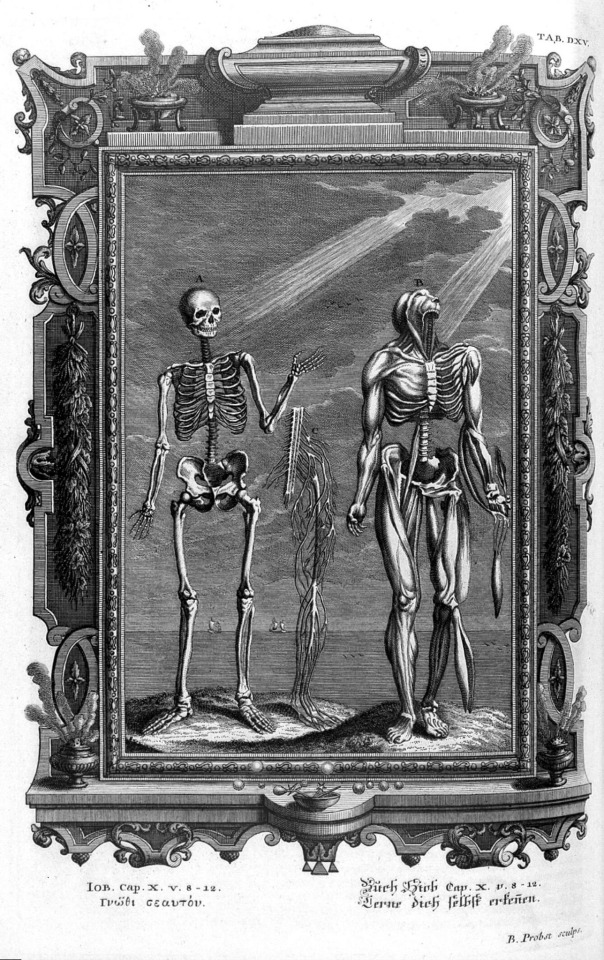

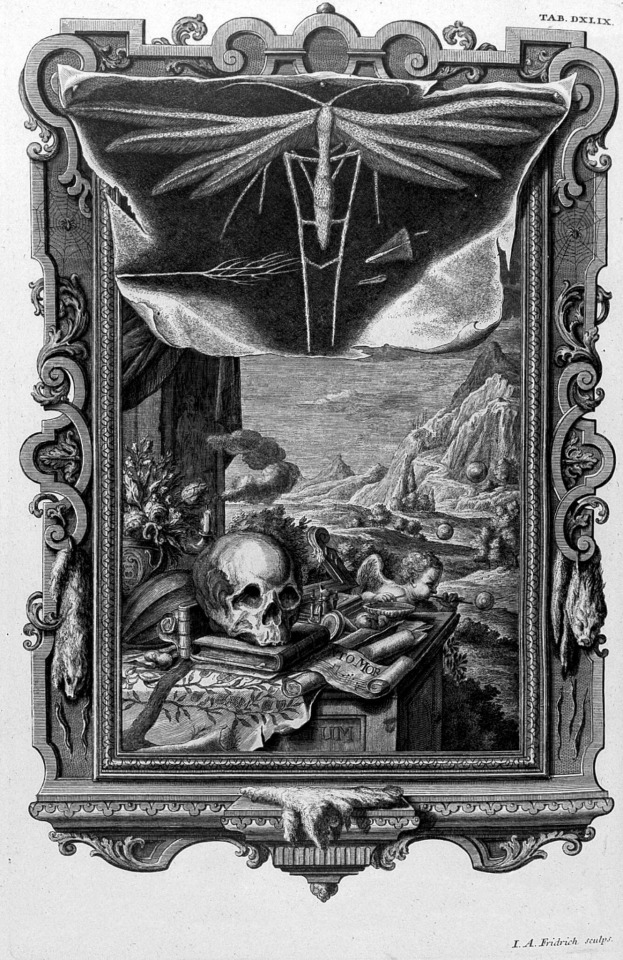
Johann Caspar Scheuchzer
1672 - 1733
Scheuchzer was a Swiss naturalist, physician and writer
#biology#curiosity#anatomy#history#medicine#natural history#histmed#mementomori#biology illustration#anatomical illustration#anatomical art#science history#art#macabre art#physiology#skeketon#human skull#human skeleton#human figure
254 notes
·
View notes
Text

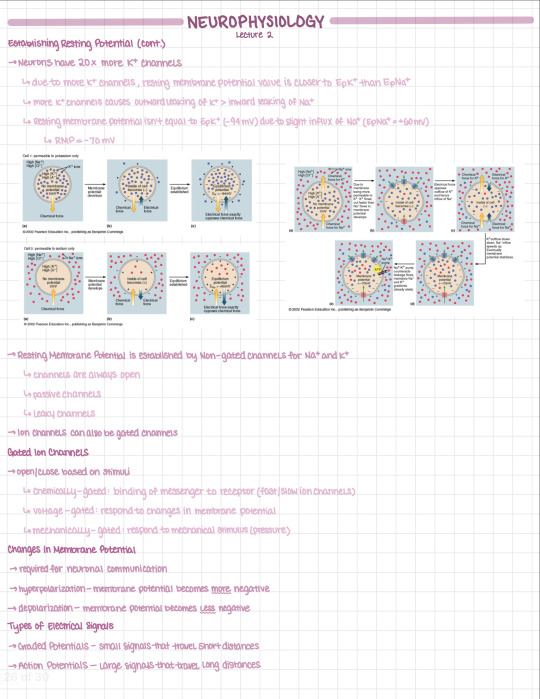

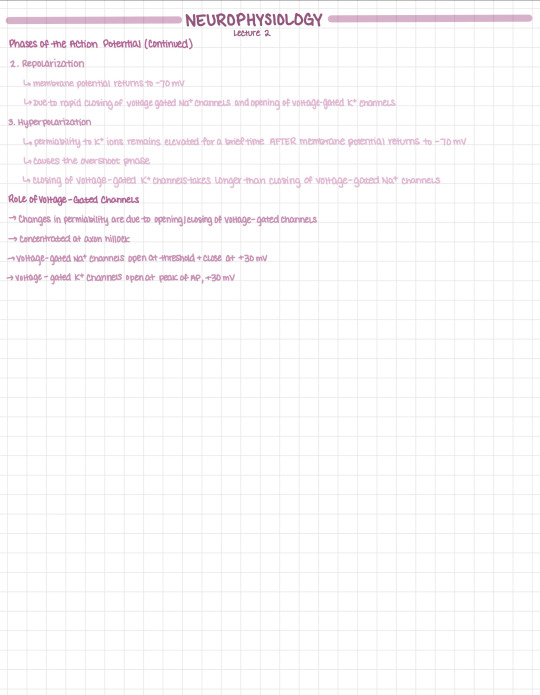
human physiology notes!
my professor specializes in neurophysiology so she goes hard when we get to the neuro unit. these are some notes i’ve taken during my study time on electrical signals in neurons!
(diagrams on second page are not mine, they are from Pearson)
#college#biology#science#university#student#microbiology#studyblr#laboratory#lab assistant#physiology#neuroscience#neurophysiology#human physiology#anatomy and physiology
49 notes
·
View notes
Text
Human corneas are incredibly similar to shark corneas
#studyblr#notes#my notes#biology#bio#human biology#human bio#anatomy#human anatomy#anatomical vocabulary#anatomical variation#medblr#medical notes#med notes#anatomical structures#human anatomical structures#anatomy and physiology#anatomy & physiology#life science#biological science#note cards#flashcards#flash cards
27 notes
·
View notes
Text
Just a Star trek Vulcan vs Human anatomy, something something, blah
Am the only one who really wants a show, or like small skits, about comparative anatomy and physiology of humans and vulcans? In a way that looks very realistic and is accurate to actual human anatomy.
I watch anatomy videos a lot, with real cadavers, and I think about this often; how interesting and entertaining it'd be if they could compare to vulcans.
#star trek#vulcans#vulcan vs humans#vulcan anatomy#vulcan physiology#star trek human anatomy#just trek things#Solok would be into it
7 notes
·
View notes
Text
#mad science#mad scientist#sciencecore#research#organs#organ research#wet specimens#wet specimen#science#scientist#mad scientists#science side of tumblr#gothic science#anatomy#physiology#humans#animals
10 notes
·
View notes
Text
call me crazy but i really really love the human body
bone tissue looks so cool!!! like i just wanna crack open a bone (but i can’t, hopefully) and take a look at that sweet sweet ossified tissue. it’s so neat and beautifully shaped to keep bones strong yet lightweight. AND BONES ARE SO POROUS ON A CELLULAR LEVEL? AND OSTEOCYTES ARE JUST BUILDIN MORE AND MORE BONE TILL THEY DIE???
and don’t even get me STARTED on muscles. how those bad bois move and their motor protiens and all that stuff i can’t explain on tumblr without getting too deep? FASCINATING!!!
and the whole nervous system is, of course, THE COOLEST. and how it works in conjunction with the endocrine and cardiovascular systems is just *chefs kiss* masterful. and brains are just lumps of grey meat computers and yet they can love and know what water feels like and remember how to do calculus and have a personality (which is SO COOL AND WEIRD) and reproduce language and be chronically sad and think about the future. THATS FUCKIN WILD, GUYS!!! BRAINS ARE SO FUCKIN COOL!!! (yes i’m going to study neurology in uni shut up i’m a nerd)
and there are so many other systems and physiological connections between literally everything. i could talk about this for hours. i really could.
but whenever i have extreme body dysphoria or fall into a bout of depression or something, i think about how my body is a barely balanced machine, and even though it’s far from perfect on the outside or inside, it’s still so carefully made that my bones don’t crack while i’m walking or my muscles move instantly or i retain knowledge. and that kinda helps, ya kno?
YOUR BODY IS SO COOL!!! AND SO ARE YOU!!!
#the muzingz of gooze#I KNOW IM A NERD SHUT THE FUCK UP#THE HUMAN BODY IS SO FUCKING COOL!!!!#the human body#anatomy#science#physiology#muscles#bones#the brain#neurology#the nervous system#skeleton#nerd#autism moment#gender envy#gender dysphoria#body dysphoria#body positive
4 notes
·
View notes
Text
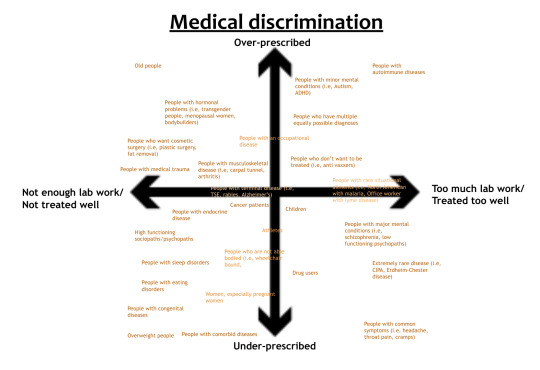
I made this compass to describe discrimination received from medical people to their patients. Note how the further the condition is in one direction, the more problematic I think it is. Also, this is my opinion and I take constructive criticism <3
#studyblr#biology#bio#human biology#human bio#anatomical structures#medblr#human anatomical structures#anatomy and physiology#biological science#196#r/196
4 notes
·
View notes
Text

Drawing diagrams of the Human Heart during my favourite class: Human Anatomy and Physiology.
Tomorrow night is my first practical class of Semester 2. We will be working with human hearts and diagrams. 👍
#anatomy#medical science#bachelor of medical science#universitylife#university education#favourite class#Human Anatomy and Physiology#drawing#diagrams
1 note
·
View note
Text
what if superhero powers could be explained using human anatomy and physiology?
i bet this has been thought of before and while i am a med student i only know the basics but if i could write a whole essay with extra research and stuff as to why hulk turns green when he becomes angry like how the brain probably stimulates his body to produce more green pigments, like biliverdin (although biliverdin is a pigment that eventually turns into bile and mainly stays deep within the body but this is just pure hypothetical). if this were the case, realistically he would stay green for several days instead of just turning back to his regular skin color, he’d basically look like he has jaundice but green instead of orange. he would also be sore for several days, changing his entire body composition, changing weight and musculature would leave him with insane muscle soreness, even in his face i mean his head shape face literally changes completely, the migraine he’d experience would be next level.
another superhero could be mr fantastic (or really any stretchy superhero person like mrs incredible) now i know he’s not a mutant and it was gamma radiation, but i don’t know much about radiation so, im gonna pretend he is (please don’t get mad at me, i like marvel this is just hypothetical)
so if mr fantastic is a mutant, the mutation would make his muscles be completely different from normal muscles. for his limbs to stretch THAT far, his muscles would have a LOT of elastic fibers and reticular fibers. pretending that it wouldn’t be extremely painful as soon as he stretches, much like the hulk, he’d experience insanely painful muscle soreness like bro wouldn’t be able to move a finger. also it’d be an advantage if he was already double jointed before he got his powers. this is without mentioning what would happen with his bones cause that’d be a whole other paragraph and im already writing a lot.
for spiderman, (best superhero idc) it’s been confirmed that while he’s not a mutant, peter parker has SOMETHING in his dna that allows him to absorb the radiation from the spider bite and not die. i assume this is the same for every other spider person that’s been bit (basically excluding miguel o’hara lol) so he’d still have a specific dna mutation allowing his body to not only take in the radiation and not die but adapt to it and basically gain some of the abilities from the spider (in this case, the tobey maguire movies would he most accurate with the weird natural web slingers and big ass full of silk)
starting with peter parker (miles is gonna have his own segment) his abilities include crazy super strength, some kind of healing factor (cause his eyesight was turned to normal) or general body resilience, surface adherence with his hands and feet (sticking to walls), and of course the beloved spidey sense
for the crazy super strength he would be rock solid and super heavy, it’s very convenient that he stays the same weight so he can walk on walls but still be able to rip someone’s jaw clean off in one swoop, but it just wouldn’t be realistic, at the very least he’d be the tallest mf in the avengers. the healing factor/body resilience could have come from his immune system somehow evolving from the radiation, making his immunity lightning fast and his body more resilient. there could be another explanation that im not aware of but yea that’s all i got for that one. surface adherence has been explained to be some kind of adrenaline response, and the way to make it fade is to relax, so realistically spiderman just walking on walls when he’s calm wouldn’t make much sense unless he’s slightly anxious all the time. which leads me to the spidey sense, spiderman’s sense would be greatly enhanced, even though his spidey sense isn’t activated, it wouldn’t immediately go from normal to heightened senses to the point where he reacts so swiftly. it’s been addressed in some movie and im sure the comics have as well, but i feel like it wouldn’t go away as soon as he’s like fully into being spiderman and managing his abilities. i feel like he’d have heightened sense forever or at least for a long period of time.
i’d get into miles morales’ extra abilities but i’ve been writing for enough time. i doubt anyone’s gonna fully read this, i’m just a human anatomy and physiology nerd and i could talk about it all day. also sorry for any typos lol
#human anatomy#physiology#superhero#superheores#spiderman#peter parker#miles molares#the hulk#bruce banner#the science of superheroes#i might do villains at some point idk but this was fun#idk man i just like science#marvel
3 notes
·
View notes